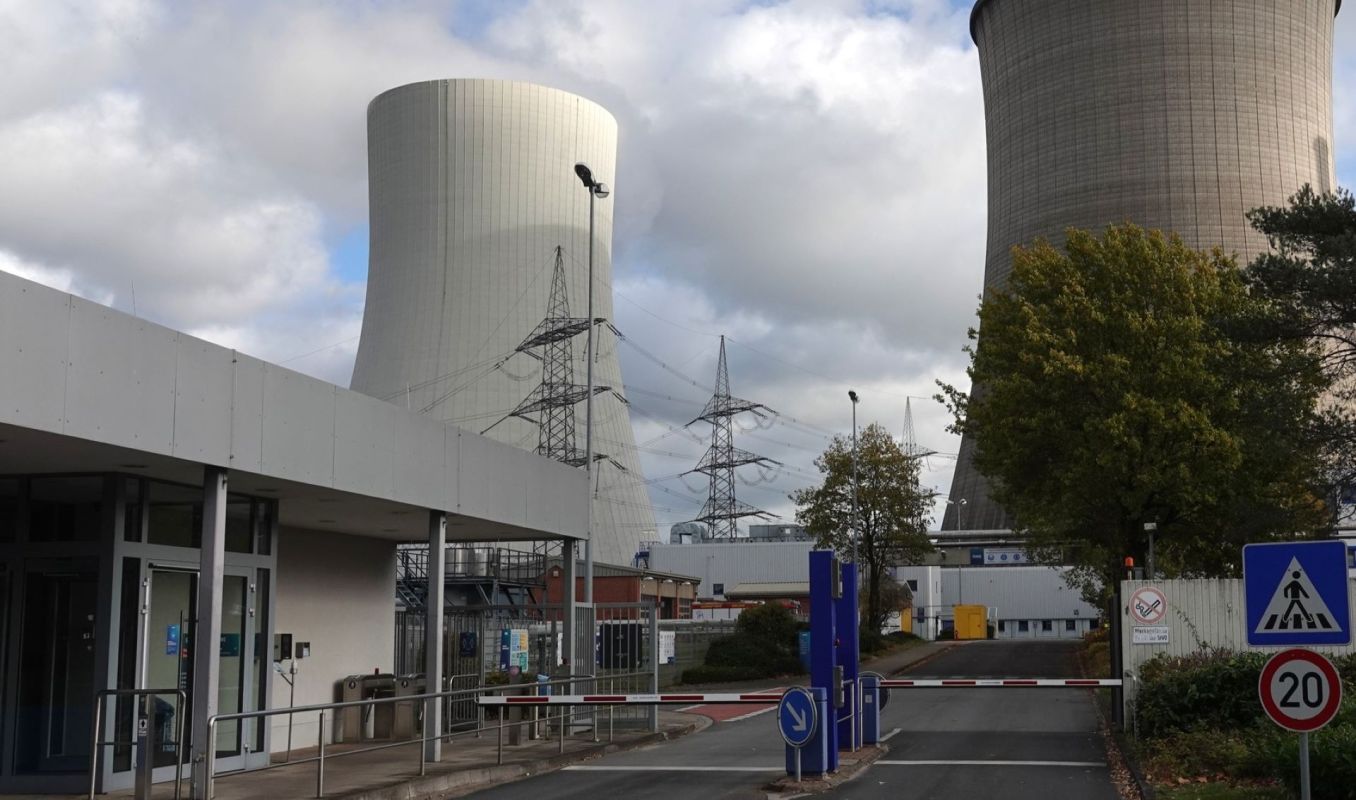Repeatability is crucial in science, as repetition shows a first result isn't a fluke.
Scientists recently repeated one of the most important experimental outcomes of our time: an energy-gaining nuclear fusion reaction. This process potentially has huge implications for the future of clean energy.
California's Lawrence Livermore National Laboratory announced on Aug. 6 that its researchers induced "fusion ignition" for the second time — a reaction that puts out as much or more energy than it takes in while fusing atoms, Reuters reports.
The scientists achieved ignition last year in a breakthrough that capped decades of research. This summer's achievements included replicating the result and achieving higher energy yield.
For about a century, scientists have known that fusion powers the sun. Essentially, it occurs when the nuclei of two lightweight atoms combine and release energy. In the sun and other stars, this happens continuously in the presence of a vast energy supply. In the lab, it requires high-powered lasers focused on targets smaller than a pea.
Fusion is different from fission, the process of splitting atoms that energizes today's nuclear power plants. One day, fusion could create several times more energy and doesn't have the radioactive byproducts that diminish fission's benefits.
If scientists harness fusion's potential, it could help replace dirty energy sources like oil and coal. Although the U.S. depends on burning such fuels for nearly 80% of our energy, this creates pollution that leads to health hazards and planetary overheating. And fusion hasn't developed quickly enough to help.
Even with recent successes, scientists caution that fusion is "not yet anywhere near" providing energy at a commercial scale, per Reuters. One expert said that the December experiment's output was still only equal to about 0.5% of the energy used to fire the lasers.
Even so, many consider ignition to be a huge milestone and an acceleration of the quest for nuclear fusion's "holy grail" — evidenced by interest in a video explainer and coverage by outlets "from '60 Minutes' to 'SNL.'"
The Department of Energy called the achievement of ignition "a major scientific breakthrough decades in the making."
TCD Picks » Quince Spotlight

Lawrence Livermore Director Kimberly Budil told reporters that commercialization of fusion is "probably decades" off but has moved up from the five or six decades scientists used to predict.
California U.S. Rep. Zoe Lofgren said in December that "This significant advancement showcases the future possibilities. … We must double down and accelerate the research to explore new pathways for the clean, limitless energy that fusion promises."
Megan McArdle, an opinion columnist for The Washington Post, wrote: "[I]t's probably premature for anyone to dance around the house in their bathrobe, singing, 'Clean, green energy for everyone!' but … nope, actually, going to do the happy dance anyway."
Join our free newsletter for weekly updates on the coolest innovations improving our lives and saving our planet.













